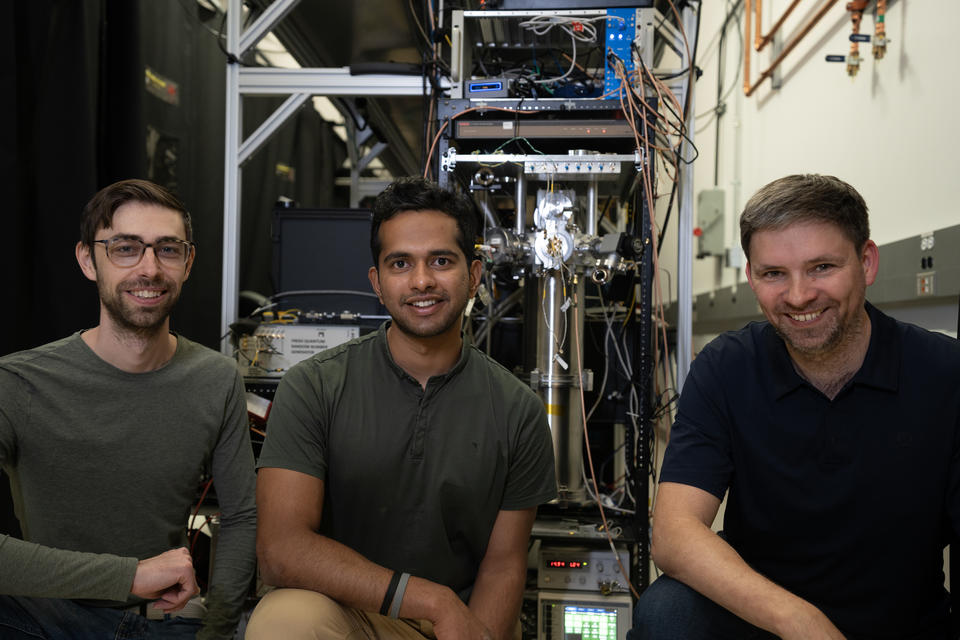NIST and Partners Use Quantum Mechanics to Make a Factory for Random Numbers
Summary
Author take (punchy): This isn’t just another RNG. NIST and collaborators have turned a foundational quantum experiment into a public, verifiable randomness service — and it’s open source. Read on if you care about provable unpredictability for security, audits or public lotteries.
NIST researchers and partners have built CURBy (Colorado University Randomness Beacon), the first publicly available random-number service that derives its bits from quantum nonlocality proven by a Bell test. The system uses entangled photon pairs measured in separate labs; those measurement outcomes are intrinsically unpredictable under quantum mechanics. The raw quantum outcomes are collected, processed into 512-bit outputs and published by the beacon daily.
To make the output traceable and auditable, the team developed the Twine protocol, a blockchain-style hashing system that marks and links each dataset so users can verify the provenance and detect tampering. CURBy ran reliably in early operation, succeeding 99.7% of the time over its first 40 days, and the whole system and software are open source so others can inspect or build on it.
Key Points
- CURBy is a public randomness beacon that sources bits from a NIST-run Bell test using entangled photons.
- Quantum measurements provide intrinsic, certifiable unpredictability that classical pseudo-random generators cannot guarantee.
- The Twine protocol adds traceability: each output is hashed and linkable so anyone can verify provenance and spot manipulation.
- The experiment runs automatically and rapidly (250,000 entangled-photon trials per second) and produced random outputs with a 99.7% success rate in initial operation.
- Data processing converts quantum measurement outcomes into 512-bit random strings; the service is open source and intended for public use (audits, lotteries, jury selection, cryptographic needs).
- This is the first randomness service to claim a provable quantum advantage and to make the entire process auditable by third parties.
Why should I read this?
Because if you deal with secure keys, fair-selection processes or anything that needs truly unpredictable choices, this is a big deal. CURBy promises randomness you can trace back to a quantum experiment — not a deterministic algorithm. It’s practical, public and verifiable, and the team even made the tools open source so you don’t have to take their word for it.

